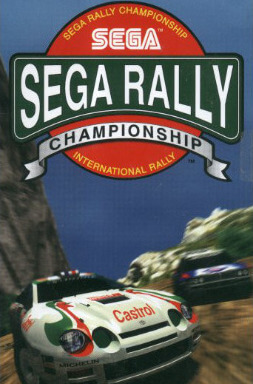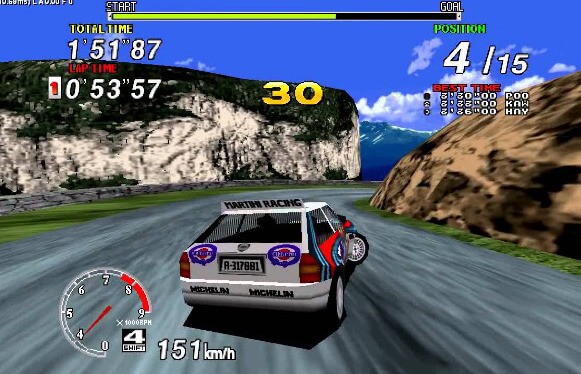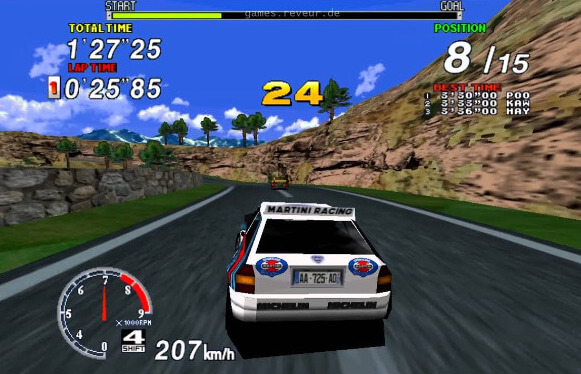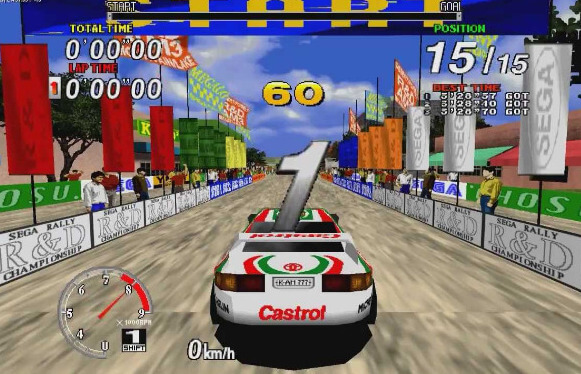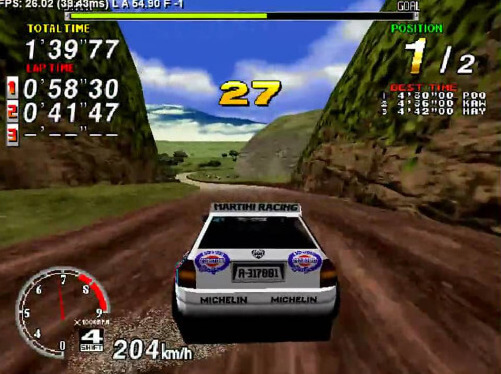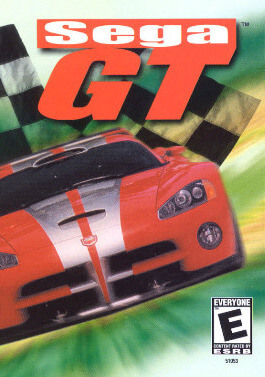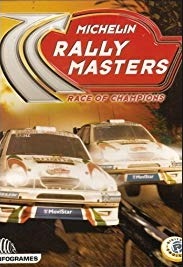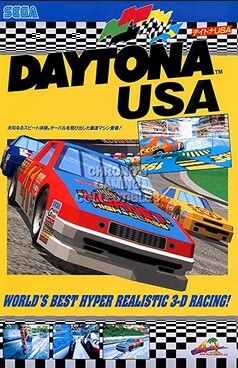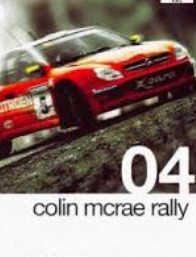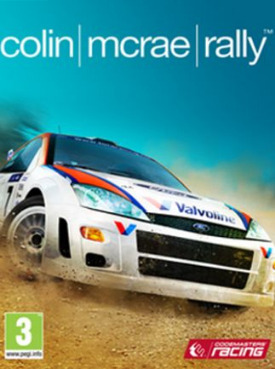Three cars are featured in the game; Didier Auriol's third generation Toyota Celica GT-Four and Juha Kankkunen's Lancia Delta HF Integrale which are both available from the start, and Sandro Munari's Lancia Stratos HF which is unlocked by finishing Lakeside in first place in home versions of the game, or by use of an easter egg in the arcade version. Players are given the option to drive each car in either manual or automatic transmission.
The game supports up to four players using cabinets linked together.
Development
Sega Rally Championship was directed by Kenji Sasaki, a former Namco employee known for his work on Ridge Racer. Seeking to develop a racing game that was distinct from the popular arcade titles Ridge Racer and Daytona USA, Sasaki chose the rally racing subgenre, which he felt was "taboo" in the Japanese gaming community: "We were after something in vogue in terms of motorsport racing and as we were keen on great engine sounds, cool cars and great sensations—the obvious choice was rally." While the game featured only three cars—the Toyota Celica GT-Four, Lancia Delta Group A, and a hidden Lancia Stratos—it was distinguished by its "stylized handling" and some tuning options. Asked why the developers chose to use the Celica and Delta, team manager Hiroto Kikuchi answered, "We felt that in the rally, we had to use real rally cars and the chosen vehicles were well known and looked good." Senior programmer Riyuchi Hattori added, "Originally there was talk of using another car from Toyota, but we couldn't find a good one. For example, the Supra would have been just the same as the Celica and not much fun to use in the game, so we ended up with just the one. We also took note of the consumers' opinions, which confirmed that if another car was to be added it should be the Stratos." According to game designer Tetsuya Mizuguchi, "we had no experience in driving those cars", but after repeated requests Toyota and Fiat provided feedback for game testing. Fiat also made a gentlemen's agreement with the developers allowing the use of official logos and such in Sega Rally Championship; there was no formal sponsorship deal for the game. Mizuguchi's car was used to produce the in-game sound of the Lancia Delta's engine. While developing the game's visual style, the development team spent three weeks driving from the West Coast of the United States to Mexico, taking photographs for use in texture mapping. At one point, Sasaki became deeply worried about Rally's prospects for success, and even began to question why driving cars was considered "fun". To clear his mind, "I drove up into the mountains with my own car. It was such an enjoyable and exhilarating experience ... This was how the third mountain track in the game was conceived".
The Saturn version of the game had to be almost completely remade, only referencing the graphics of the arcade version, which required detailed planning. Mizguchi recounted, "Our designers went back to the arcade version and worked out the locations, drew pictures and captured the atmosphere and the feeling of distance. Then there was about two weeks discussion on their work. During this time they worked on the car settings and we had Mr. Yoshio Fujimoto, winner in the Toyota Castrol car to advise it. Then Mr. Nakamura, Mr. Hattori, and Mr. Fujimoto went to the Asian Pacific Indonesian Rally for three days and studied the cars." Aside from Mizuguchi producing both projects, the Saturn development team was completely different from the original arcade team. Unlike other well-received arcade ports for the Saturn such as Virtua Fighter 2 and Virtua Cop, Sega Rally Championship was developed without using the Sega Graphics Library operating system, as it had not yet been completed when work on the game began. For similar reasons, a split screen was used for multiplayer mode instead of the Saturn link cable; the developers also felt it was important that multiplayer be available to all owners of the Saturn game, not only those who had also purchased a link cable. Finally, the arcade version of Rally was designed to be controlled with a steering wheel, and the developers struggled to simulate its drifting techniques using the Saturn's controller. (The game also supports the Saturn Steering Wheel, though it lacks the haptic feedback of the arcade version's steering wheel.)
The Saturn version was rushed to the North American market in order to take advantage of the Christmas shopping season. By the time of its release in Japan and Europe, the development team had completed several additional graphical improvements, bug fixes, and front-end options. A version was also released for the Netlink that allowed online play.
Release
In Japan, the Saturn port of the game shared the full title of its arcade counterpart, Sega Rally Championship 1995, because it was released on December 29, 1995; the year was dropped from the title of the North American and European Saturn ports. The European release was scheduled for December 1995, in time for the crucial Christmas shopping season, but it did not appear until the end of the following January.
